The high-Andean restoration project led by Reforest’Action in Colombia illustrates the ability of Nature-based Solutions to generate measurable benefits for the climate, biodiversity, and local communities. Developed through a rigorous approach, the project is now undergoing independent verification by Bureau Veritas and certification by The Global Biodiversity Standard (TGBS). These recognitions attest to the project’s alignment with international carbon quantification standards (ISO 14064-3:2019) and biodiversity restoration standards, as well as with the requirements of major corporate regulatory and reporting frameworks (CSRD, SBTi, CDP). They strengthen the environmental credibility of the Nariño project and provide funders with an essential framework of transparency and accountability for their climate and sustainability strategies.
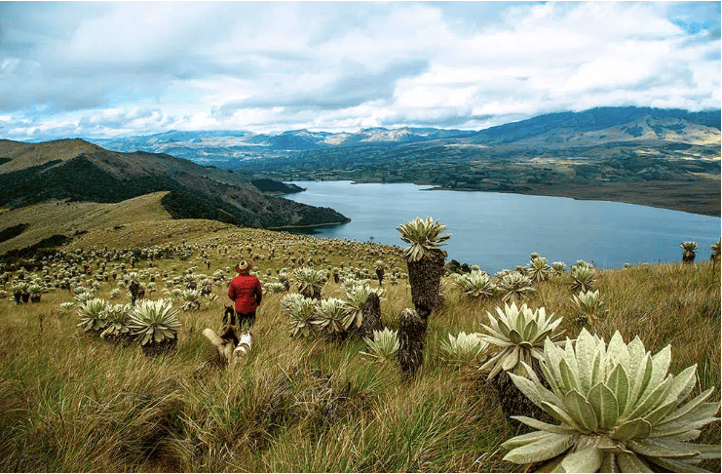
Restoring the Páramos in Colombia: A Project Rich in Fundamental Benefits
The Need to Restore High-Andean Ecosystems
Located between 3,300 and 4,700 meters above sea level in the high plateaus of the Andes in Colombia, the Páramos are the world’s richest mountain ecosystems in floristic biodiversity. They are increasingly threatened by the conversion of land into pastures and agricultural plots, leading to a dramatic collapse of local biodiversity.
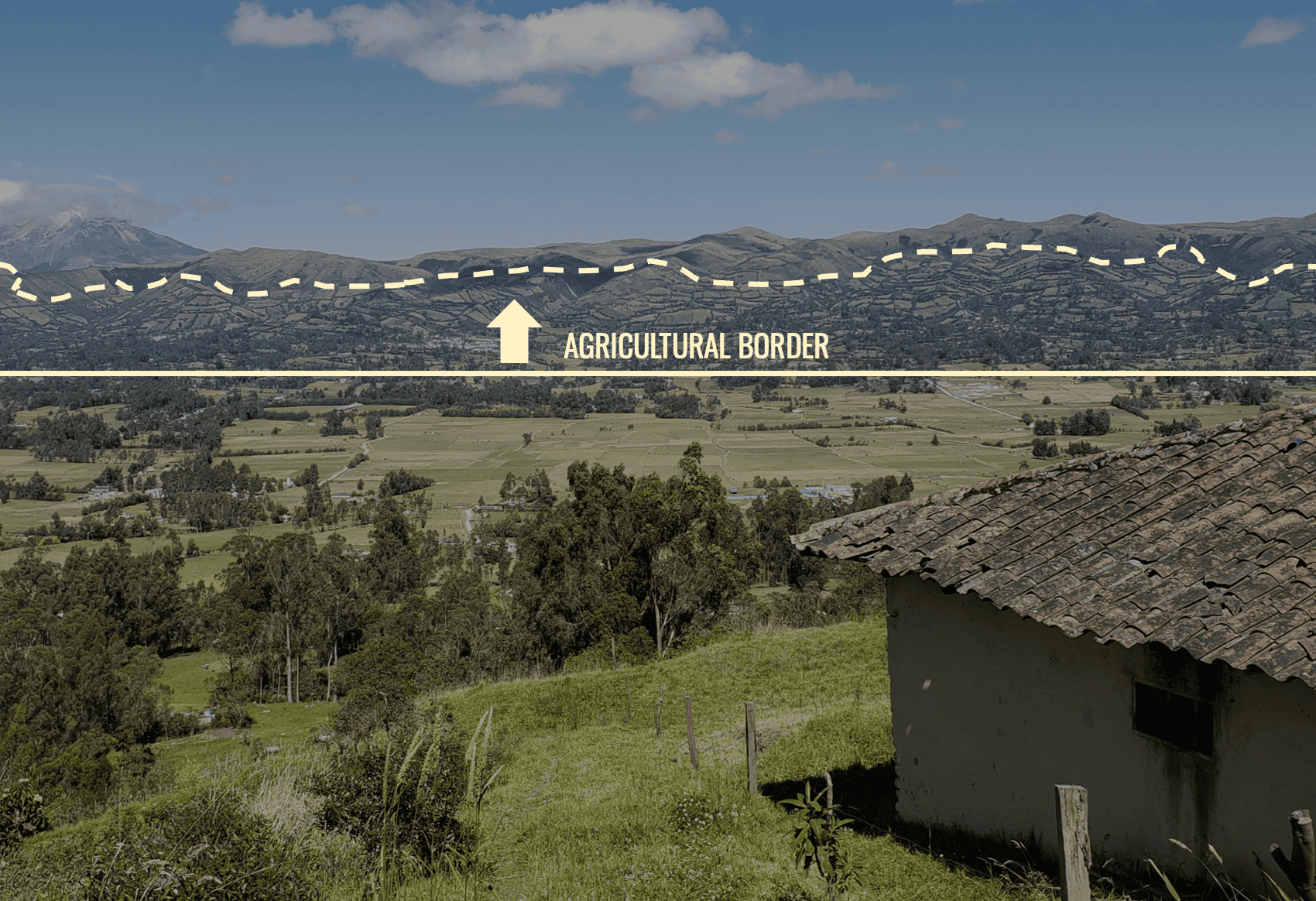
In the project area, the regeneration of the Páramos follows a demanding design aimed at restoring biodiversity through the integration of 76 different native species, prioritizing access to water, and ensuring the long-term economic stability of local producers. Launched in 2021, the project—developed by Reforest’Action and implemented on the ground by a local NGO—consists of five models that generate fundamental benefits for the climate, biodiversity, the soil–water system, and local communities:
- A Páramo restoration model
- A riparian forest restoration model
- A watershed reforestation model
- An agroforestry model integrating trees around and within pastures
- A living-hedge agroforestry model creating hedgerows around grazing areas
Carbon Sequestration
The Páramo restoration activities directly contribute to increasing the carbon stored in these ecosystems. Reforestation of riverbanks to prevent soil erosion and provide habitat for local fauna, creation of forest islands through watershed reforestation, and restoration of high-Andean forests at the borders of the Páramos—all play a key role in climate mitigation by creating carbon sequestration compartments in both trees and soils.
Water Resource Preservation
The peat soils of the Páramos retain water and supply up to 60% of Colombia’s water resources through downstream valleys. Their degradation has led to increasingly frequent shortages, especially in the department of Nariño. Field audits and testimonies from project beneficiaries indicate that water flow in irrigation channels (acequias) has improved since restoration actions began—restoring long-awaited water reserves previously compromised by deforestation.
Silvopastoralism and Ecosystem Services
Agroforestry and silvopastoralism are integral to the project’s design and its goals of preserving the Páramos while maintaining sustainable economic activities for local communities.
By creating dense hedgerows composed of diverse native species around pastures and agricultural plots, these practices support animal well-being—offering cattle shade from intense sunlight, protection from cold winds, and increasing milk production (+13% to +25% per cow).
They also provide a wide array of ecosystem services: forage and timber production, natural soil fertilization, biodiversity restoration, improved livelihoods, medicinal and melliferous plants, and ecological corridors that connect habitats for numerous species.
Inclusion of Local Communities and Socioeconomic Benefits
Alongside environmental actions, the project benefits 570 people from local communities and the Pastos Indigenous people—including 140 cattle farmers—through the development of income-generating activities (community beekeeping, medicinal plant processing…).
A broad awareness and training program has also reached 1,296 people (843 women and 437 men), promoting the adoption of sustainable agricultural practices across the region.
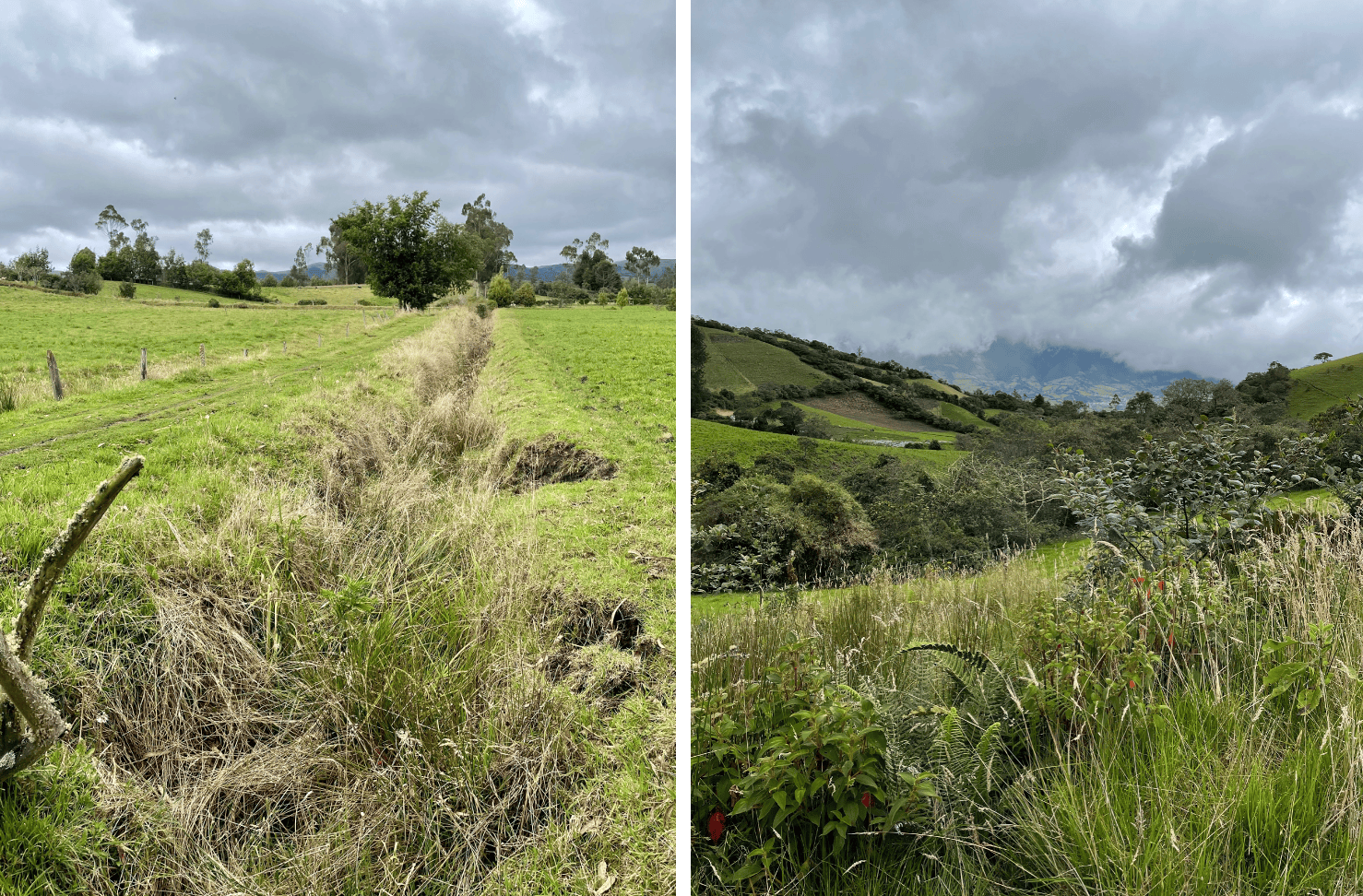
Carbon Projection Verification by Bureau Veritas
Why Model the Carbon Sequestration of a Project?
Since 2023, Reforest’Action has relied on a method and simulator for ex-ante carbon sequestration modeling (before the sequestration actually occurs) to estimate the carbon storage potential of projects over 30 years. This projection helps optimize project design to maximize climate impact.
The method and tool were validated by Bureau Veritas Certification in October 2023. They comply with key voluntary carbon market criteria, based on international standards also required under Article 147 of the French Climate and Resilience Law. Bureau Veritas is authorized to verify ex-ante calculations produced by the Reforest’Action simulator, providing third-party credibility.
Using field and remote-sensing data, a post-implementation audit (minimum 5 years after planting) will verify that actual sequestration aligns with initial estimates. This ex-post evaluation is also conducted by Bureau Veritas.
The Nariño Project: A Verified Carbon Projection
In autumn 2025, Bureau Veritas verified the 30-year carbon sequestration projection for the Nariño project.
The audit verified:
- Quantification: Carbon is quantified using a tool verified by Bureau Veritas in 2023, in accordance with ISO 14064-3:2019.
- Additionality: Sequestration would not occur without the project, confirmed through comparison with a baseline scenario.
- Permanence: A risk mitigation plan and a 20% buffer ensure long-term carbon storage.
- Verifiability: Data transparency is guaranteed.
- Sustainability: A multifunctional design maximizes environmental and socioeconomic benefits.
- Uniqueness: The project is recorded in an internal registry ensuring traceability.
The audit confirmed the initial projection of 36,000 tCO₂ sequestered over 30 years for two planting seasons (2022–2024).
After five years, an independent third-party audit will verify on-the-ground implementation, ecosystem health, and project durability.
What Is the Benefit for Project Funders?
Parce que les actions de séquestration carbone ne se limitent pas à l’achat de crédits sur le marché volontaire, les Solutions fondées sur la Nature dont les actions génèrent des séquestrations additionnelles peuvent être comptabilisées dans la contribution au pilier C de la Net Zero Initiative, à condition que leur impact puisse être quantifié via des méthodes robustes.
With a 30-year carbon projection validated by Bureau Veritas, an independent audit planned at 5 years, and co-benefits for biodiversity and communities, the Nariño project fully meets transparency and ESG reporting needs (CSRD, SBTi, CDP…) within voluntary climate contribution strategies.
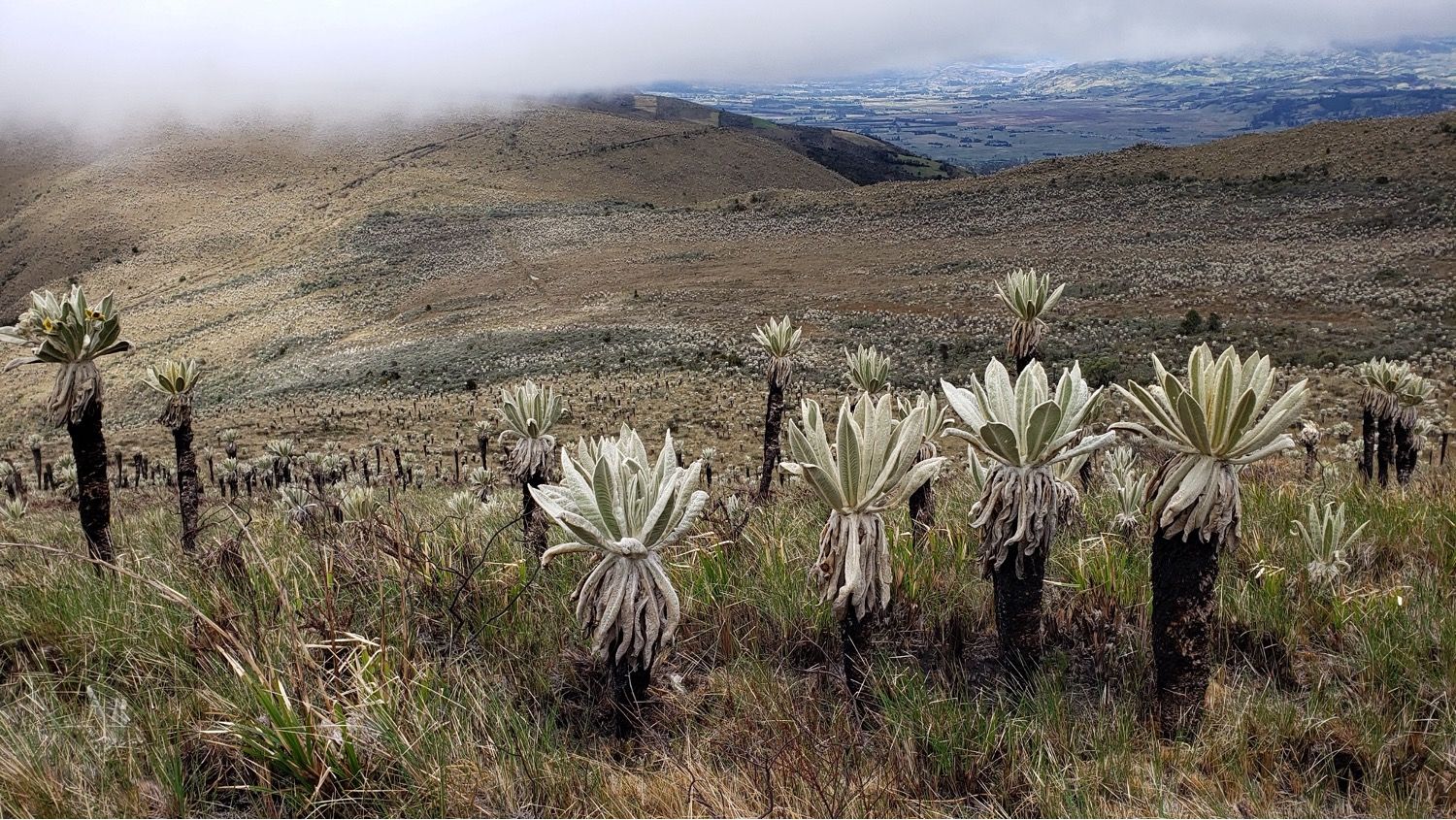
Biodiversity Impact Certification by The Global Biodiversity Standard
Why Certify a Biodiversity Restoration Project?
High-quality forest and agroforestry projects generate strong co-benefits for biodiversity, climate, soil health, water resources, and local communities. The Global Biodiversity Standard (TGBS) is currently the most robust international standard assessing biodiversity and ecosystem integrity improvements. Certification ensures that biodiversity considerations are fully integrated into ecosystem restoration projects.
L’exemple du projet Nariño : un projet à l’impact biodiversité certifié
In early 2025, a “pilot” area of the Nariño project entered the TGBS certification process—first through remote analysis using satellite tools, then through an on-site audit conducted by a certified auditor and three local or partner experts (specialized in fauna, flora, and socioeconomic impact).
Assessment included:
- Measurement of biodiversity changes using the Ecological Regeneration Wheel (Society for Ecological Restoration).
- Evaluation of adaptive management measures (UN Decade standards).
- Assessment of protection levels (aligned with IUCN categories).
- Evaluation of socioeconomic impacts (SER Social Benefits Wheel).
The pilot area received a score of 6.84/10 (with the certification threshold at 5), earning TGBS certification in January 2025. The full project area will be eligible for certification after 5 years of activity.
What Is the Benefit for Project Funders?
Healthy ecosystems help mitigate climate change and enable human societies to adapt to its consequences. TGBS certification is not an end in itself but a means to restore ecosystems. It is only awarded to projects that bring about a real improvement in the ecosystem compared to its initial state, and not just to initiatives that have an impact on biodiversity.
In this regard, it is fully in line with Reforest'Action's mission to ensure, through its impact management process, that projects contribute to the stability and sustainability of restored forest and agroforestry ecosystems.
Under The Global Biodiversity Standard, the Nariño project strengthens funders’ credibility, demonstrates genuine biodiversity commitment, and provides a competitive environmental responsibility advantage.
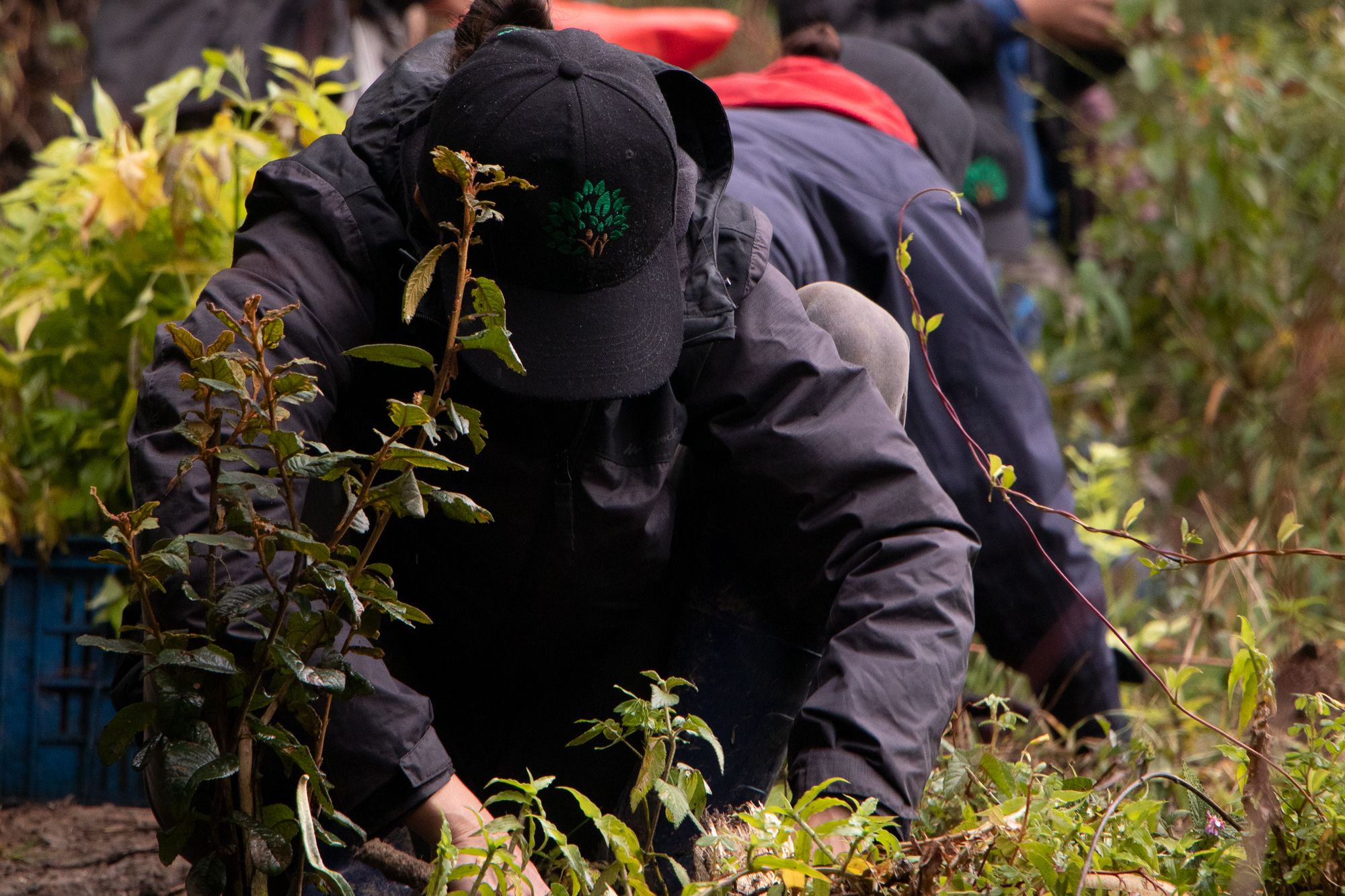
By combining a carbon modeling approach validated by Bureau Veritas with TGBS biodiversity certification, the Nariño project stands out as a model of rigor and integrity in ecological restoration. It demonstrates Reforest’Action’s ability to design and manage projects grounded in verifiable data, integrating multiple benefits for the climate, ecosystems, and local communities. For companies committed to Net Zero pathways, supporting the Nariño project represents a strategic opportunity: contributing to a project aligned with international frameworks means investing in measurable, long-lasting climate action and taking part in an exemplary voluntary carbon-contribution strategy. Continuing the restoration of the Páramos now requires new funding to reinforce the positive impacts already demonstrated. Contact us!